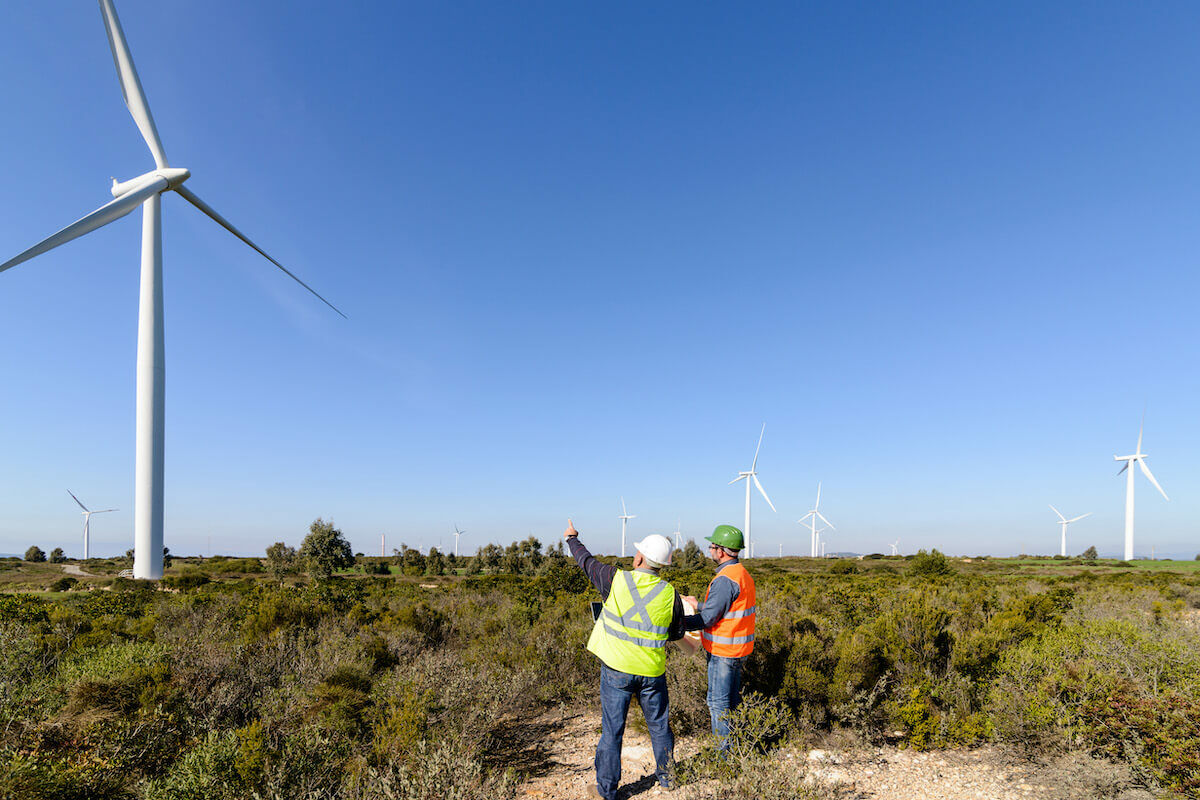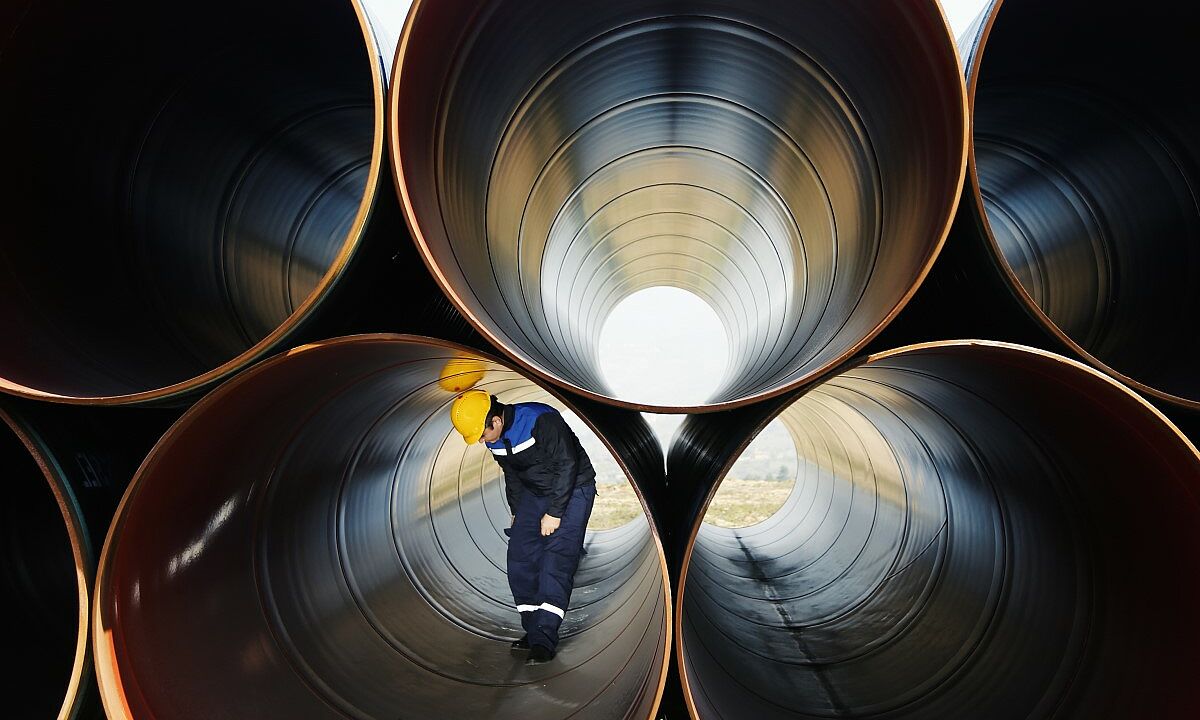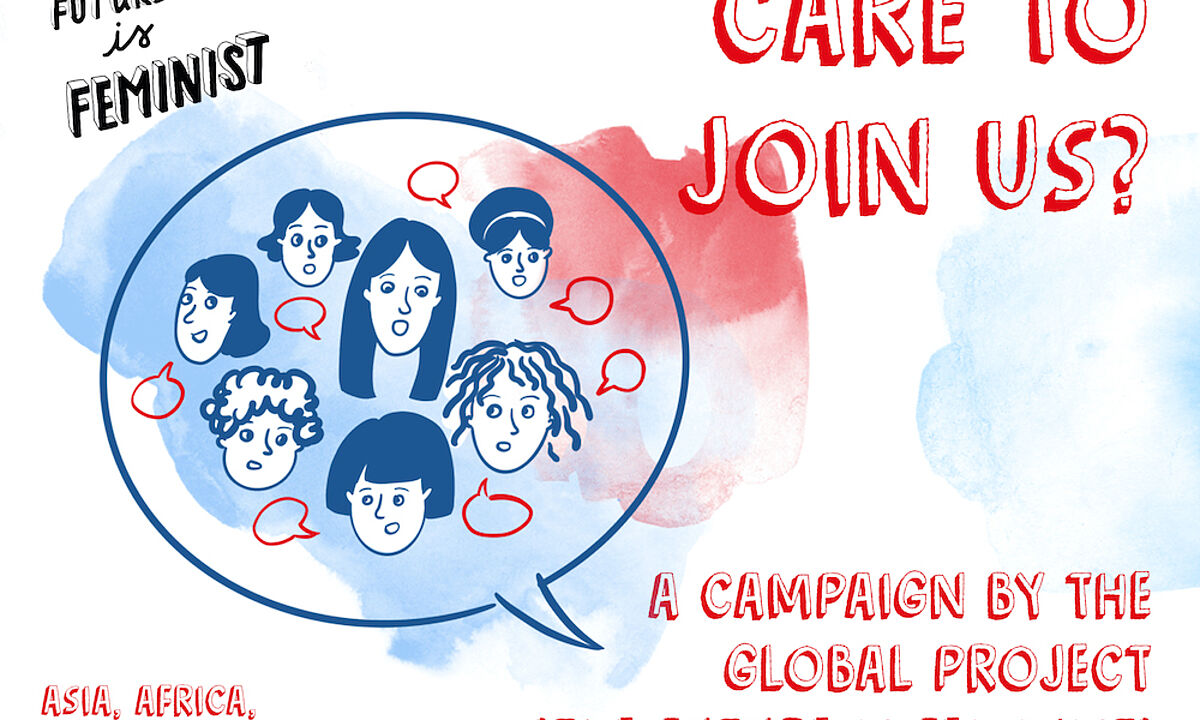BlueGreen Alliance: Uniting America labor unions with environmental organizations

Building trust, relationships, and alignment through partnerships like the BlueGreen Alliance is key to overcoming the challenge and also recognizing that these challenges are intertwined—we can’t tackle one without the other, and we need to stick together.
FES colleagues over at Washington DC sat down with the executive director of the BlueGreen Alliance, Jason Walsh, to find out how they are working to unite America’s largest labour unions with environmental organisations. Read more.
How did BGA come about? Is there a precedent for such broad cooperation among American labor and trade unions?
For decades in the United States there was a significant—but sometimes strained—relationship between environmental organizations and labor unions, and they achieved great things together. For example, without the aid of unions, the first Earth Day may not have happened. In addition, important legislation protecting our air and water was passed with their support. In the early 2000s, joint protests over the World Trade Organization showed the power labor-environmental collaboration could have around shared values.
In 2006, the BlueGreen Alliance was officially formed between the United Steelworkers and Sierra Club. We expanded over the years to include eight unions and six environmental organizations, collectively representing millions of members and supporters.
Is there a challenge in the U.S. context to reconcile climate goals with labor and economic interests in different sectors?
Yes, but there doesn’t have to be. The same forces have been successfully exploiting the differences between unions and environmental organizations over the years—pitting them against each other as they further their own agendas. However, our work is designed to bridge those divides and find the common ground and common solutions that will both protect the environment and create good-paying, union jobs for workers. Earlier this year, we released a bold platform that addresses both the climate crisis and rising income inequality in America. It’s called Solidarity for Climate Action, and it is a roadmap for leaders to follow to achieve a low-carbon, low-toxicity economy that leaves no workers behind.
By focusing on communities most impacted by climate change, runaway income inequality, and the transition to cleaner, cheaper energy, we can ensure we are creating the kind of good-paying jobs needed to lift up communities.
If you can single out one condition to overcome the challenge, what will this be?
Building trust, relationships, and alignment through partnerships like the BGA is key to overcoming the challenge and also recognizing that these challenges are intertwined—we can’t tackle one without the other, and we need to stick together.
What does a just transition mean to you?
No worker or community should be left behind in the transition to a cleaner, more efficient economy. We have the tools to make this a reality—we just need the will to make it happen.
What roles do U.S. unions play on the global stage in terms of labor and climate justice?
Unions have been very involved in fighting for climate action and a just transition during the global climate talks that led to the Paris Agreement, and are continuing their work—despite the lack of support for action by the Trump administration. Working people need their voices heard during this process, and the unions make sure that happens.
###
For more information on the work by FES in the USA and Canada contact the FES Washington Office and follow their social media accounts on Twitter and Facebook for daily updates.




